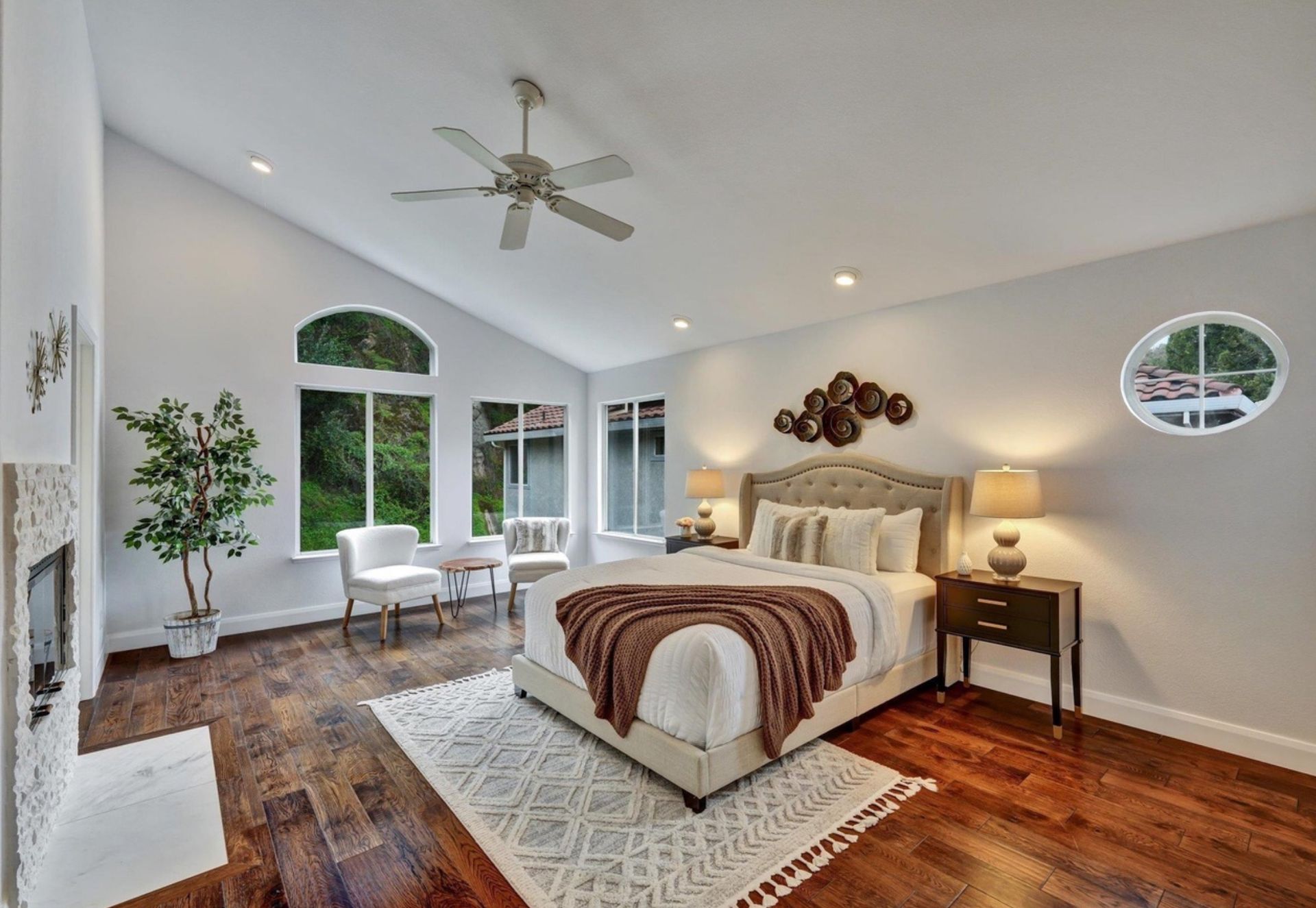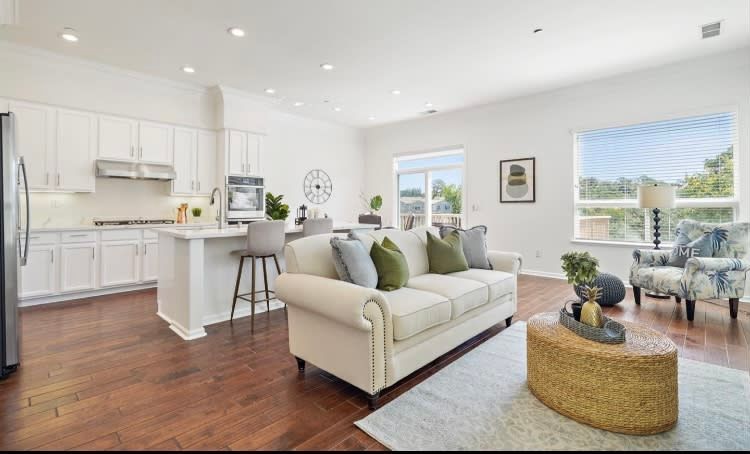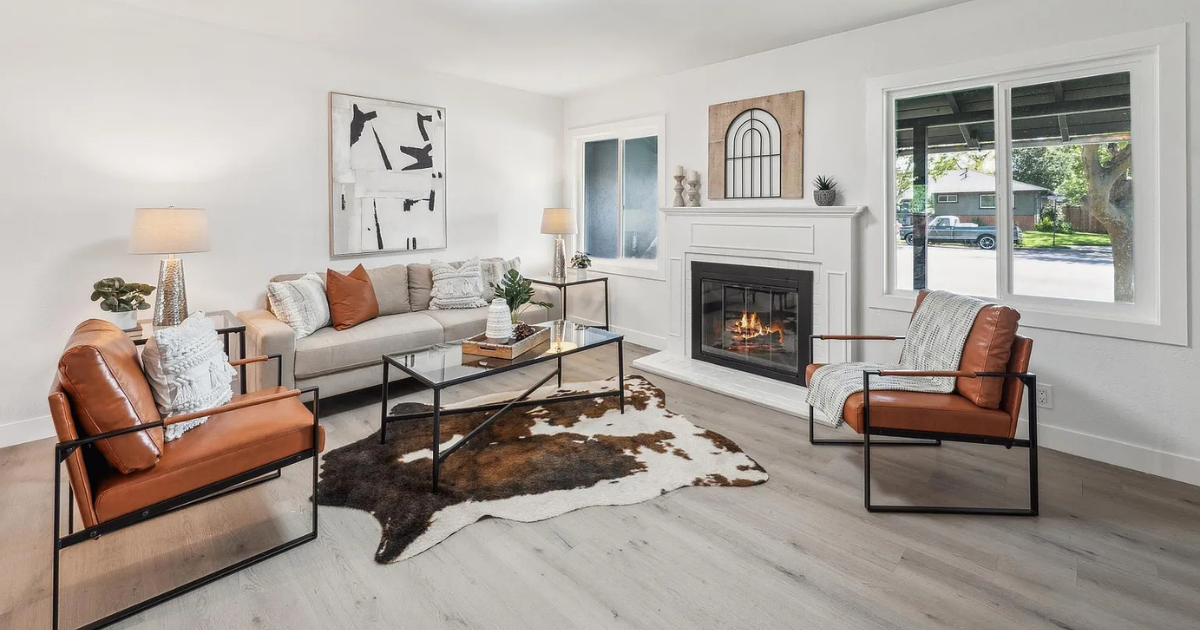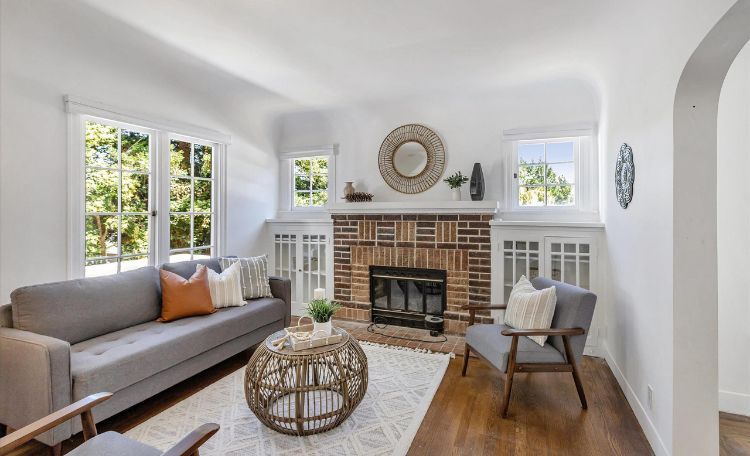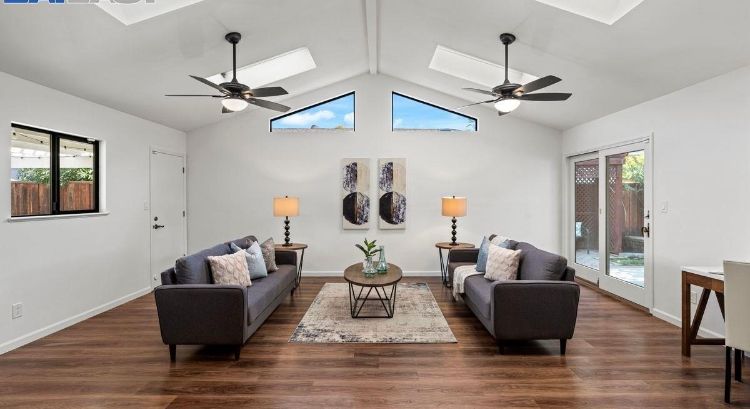Vacant Home Staging: Why Empty Houses Take Longer to Sell
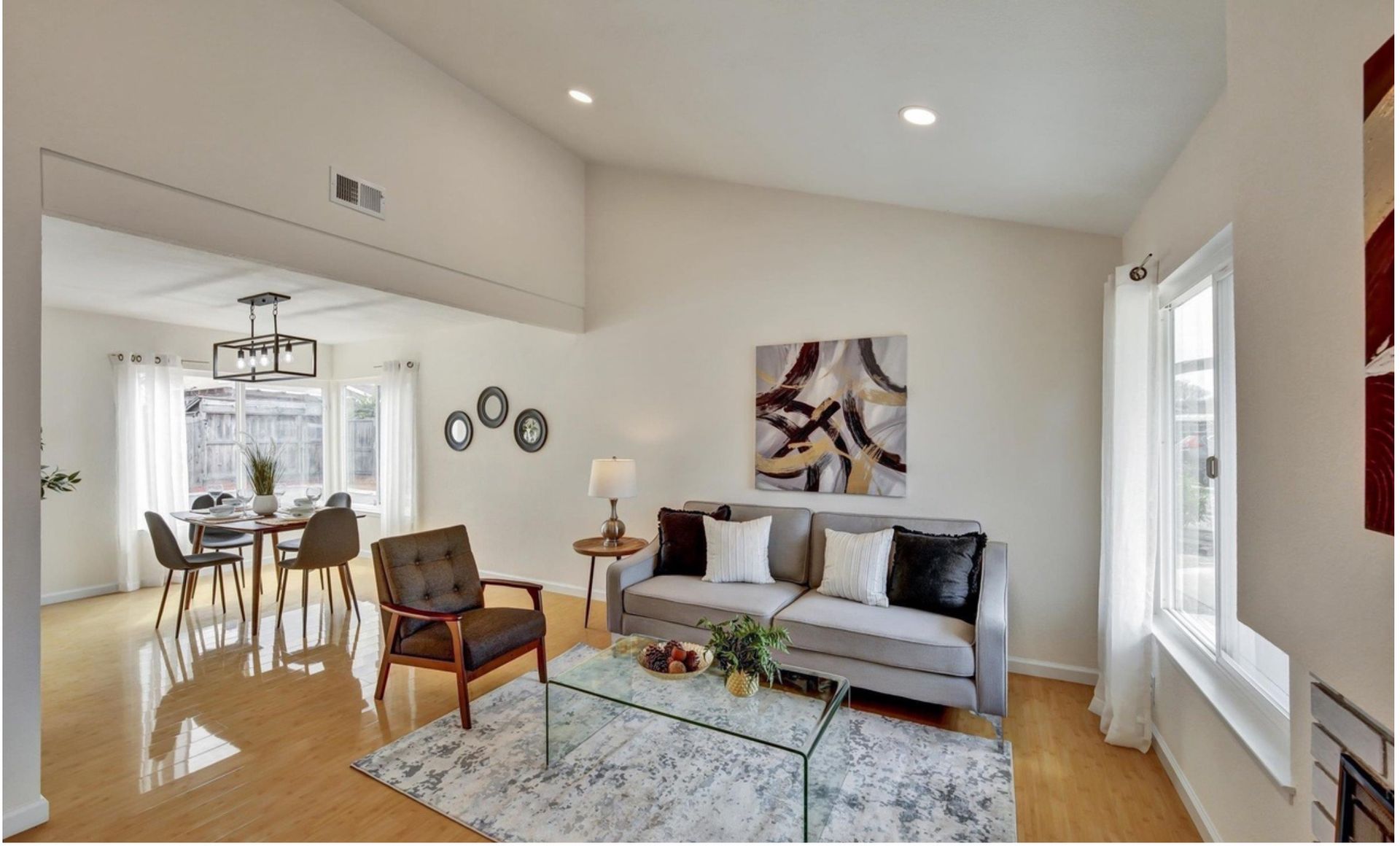
The emotional science behind buyer hesitation—and how staging solves it.
In real estate, first impressions aren’t just important—they’re everything. And when a buyer walks into a completely empty home, the emotional impact is often... nothing.
No warmth. No scale. No sense of how they might live in the space. Just walls, floors, and silence.
That’s the challenge with vacant homes. Without context or connection, they often sit on the market longer—and sell for less. At Elite Staging and Design, we specialize in solving that problem. Here’s why empty houses underperform—and how vacant staging changes the game.
1. Buyers Can’t Visualize Scale or Purpose
Most buyers aren’t designers. They walk into a blank room and can’t tell whether it fits a king-size bed or just a full. They don’t know where the TV should go. They wonder if the dining room feels cramped—or oversized.
An empty room creates confusion.
Staging removes the guesswork by showing clear furniture layout, traffic flow, and scale. It instantly turns abstract spaces into functional, livable rooms buyers can understand—and want.
2. Vacant Homes Feel Cold and Impersonal
Even beautifully remodeled homes can feel sterile when they’re empty. Without texture, warmth, or layers, buyers walk into a vacant home and feel... nothing.
No matter how well-built a home is, it’s emotion that sells.
Staging adds soft finishes, thoughtful design, and just enough detail to create a mood that buyers connect with emotionally. When a space feels like home, it sells faster.
3. Empty Rooms Don’t Stand Out Online
With 95% of buyers starting their search online, your photos are your first—and sometimes only—chance to grab attention. Vacant homes, especially with wide-angle lenses, often look bland or uninviting in listing photos.
Staging helps listings stop the scroll.
It adds color, contrast, and warmth, making photos pop in crowded search results and increasing click-through rates. More clicks = more showings = more offers.
4. Vacant Homes Often Appear Smaller Than They Are
This surprises most sellers: a fully empty room can actually feel smaller than the same room with furniture.
Why? Because there’s no reference point. Buyers can’t gauge scale without furniture, and their brains default to caution. That “smaller than expected” feeling can cost you showings and offers.
Staging reclaims the space.
It gives buyers perspective, orientation, and clarity—all things that make a home feel more spacious, not less.
5. Empty Homes Raise Buyer Concerns
Buyers are always looking for signals—both conscious and subconscious. A vacant home may spark unspoken questions:
- Why is it empty?
- Is the seller desperate?
- Has it been sitting too long?
- What's wrong with it?
A staged home tells a different story.
It signals care, confidence, and attention to detail. It shows the seller is invested—and that the property has been thoughtfully prepared for market.
What Vacant Home Staging Actually Does
Vacant staging isn’t decorating—it’s strategic marketing.
Here’s what we focus on at Elite Staging and Design:
- Define the
function of each space
- Add warmth and scale to make rooms feel balanced
- Use modern, buyer-friendly design to increase appeal
- Enhance listing photos for maximum online impact
- Create a cohesive experience that builds emotional momentum
Every detail is chosen with purpose—and always aligned with what today’s buyers are looking for.
📍 Serving Contra Costa, Alameda & Solano Counties
At Elite Staging and Design, we’ve helped hundreds of vacant homes go from sitting... to sold.
We work with real estate agents and homeowners across the East Bay to transform empty properties into irresistible listings. Whether you're preparing a modest starter home or a luxury listing, we bring the strategy, speed, and style to help you sell with confidence. Call us or fill out our contact form to start the conversation.
Frequently Asked Questions: Selling Vacant Homes & Staging Strategy
1. Why do vacant homes take longer to sell?
Vacant homes often lack warmth, scale, and emotional connection. Buyers have trouble visualizing how to use the space, which can lead to hesitation, lower offers, or no offers at all. Staging helps create context and connection—two things empty homes typically lack.
2. Is it harder to sell an empty house?
Yes. Empty homes tend to photograph poorly, feel less inviting during showings, and raise buyer concerns about urgency or condition. Staging transforms them into market-ready listings that appeal emotionally and visually.
3. Does staging really help sell a vacant home faster?
Absolutely. Professionally staged vacant homes often sell faster and for more money because they feel more complete, livable, and attractive. Buyers are more likely to remember a staged home—and make an offer on it.
4. How does staging make a vacant home look bigger?
Contrary to what most people think, furniture makes rooms look larger, not smaller. Staging adds scale, proportion, and flow, helping buyers understand room size and layout. Empty rooms can feel smaller and awkward without these visual cues.
5. What is included in vacant home staging?
Vacant home staging typically includes furniture, rugs, artwork, lighting, and accessories to define each room’s function and style. At Elite Staging and Design, we tailor every stage to the property’s layout, price point, and ideal buyer.
6. When should I stage a vacant home—before or after listing photos?
Always stage before listing photos are taken. Over 90% of buyers start their home search online, so first impressions begin with your photos. A beautifully staged home stands out and generates more clicks and showing requests.
7. Can staging help sell inherited or investment properties that are empty?
Yes. Vacant staging is especially effective for inherited homes, flips, or investment properties. It adds livability, removes buyer guesswork, and prevents the “cold” feeling many empty homes give off.
8. How much does vacant home staging cost in the East Bay?
Staging costs vary based on the home’s size and number of rooms staged. Most vacant staging projects in Contra Costa, Alameda, and Solano Counties range from a few thousand dollars—often recouped many times over in the final sale price.
9. Why does a staged vacant home sell for more?
Staging helps buyers fall in love with a space. That emotional response often translates into quicker decisions and stronger offers. A well-staged home looks professionally maintained and move-in ready, which justifies a higher price in the buyer’s mind.
10. Where can I find a trusted vacant home staging company in Contra Costa, Alameda, or Solano County?
Elite Staging and Design is a top-rated staging company specializing in vacant home staging across the East Bay. With proven results, market knowledge, and trend-forward design, we help realtors and sellers turn empty houses into sold homes.


